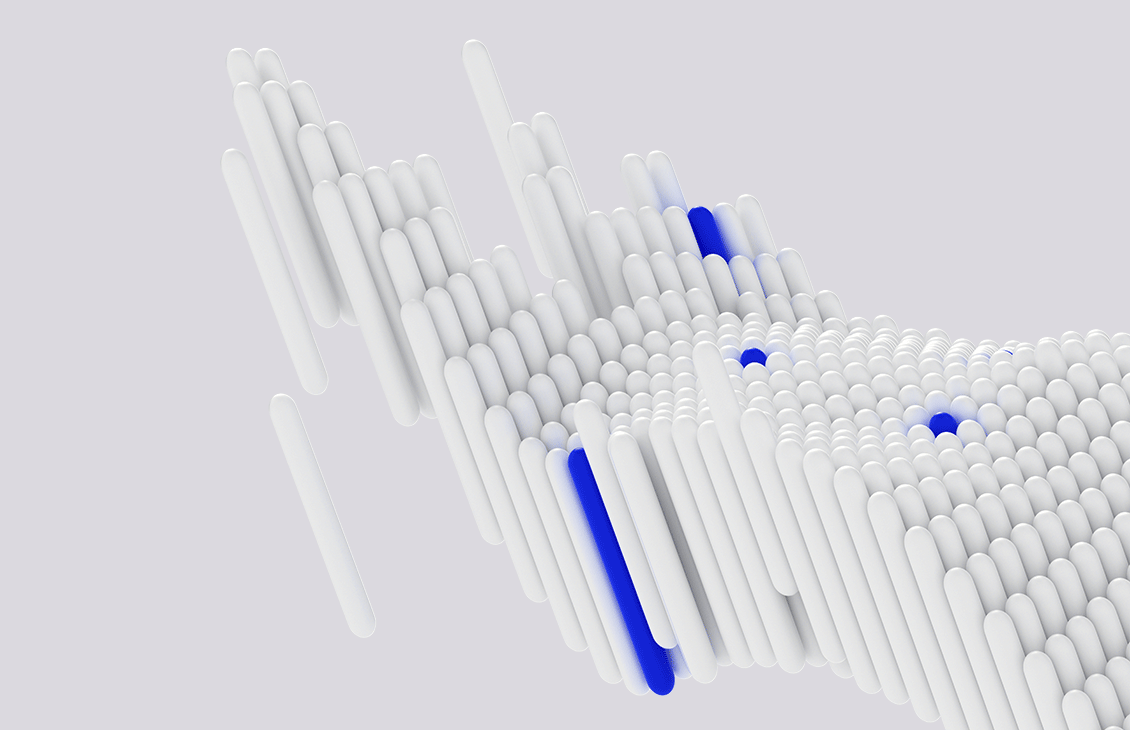Address methane emissions
Methane emissions are within our control—and fixable

Wiping out methane emissions is the biggest, easiest, and most rapid shortcut we can take in the near term to hold down global temperatures
Direct (Scope 1) methane emissions from the oil and gas industry contribute to global warming with the same intensity as Europe’s entire CO2 emissions.† The good news is that it is within our control to reduce and ultimately eliminate methane emissions, starting right now.
The challenge is knowing where to start
Start with a plan. And a partner you can trust.

The technology arsenal
It already exists. We just need to know how to use it.
Beyond quick fixes
We can do much more than efficiently fix a leak.
What's the deal with flaring?
Turning excess natural gas into CO2 is better than letting methane escape. But other options exist.
A trusted partner
We're here to help give you the perfect start on your emissions reduction journey and continue to support you end to end.
Fixing the fixable
By slashing methane emissions with solutions available now, we can take a giant step forward toward decarbonizing oil and gas production.
By wiping out routine flaring, we can significantly reduce GHGs quickly.

Just as HSE is “baked” into our facilities and procedures today, root cause analysis and continuous emissions reduction will become embedded in the way we design facilities and shape our processes going forward.

Flaring at 96.5% combustion efficiency produces double the GHG emissions of a 100% efficient flare. Our flare monitoring includes advanced laser technologies that measure uncombusted methane and successfully combusted carbon dioxide to ensure that your flares operate at peak efficiency.

Instead of flaring excess natural gas, why not just use it? A whole range of "gas-to-X" technologies means we can cut greenhouse gas emissions while making sure associated natural gas is put to good use—and turned into value—by converting it into power, liquids, chemicals, and even cryptocurrency.

†Based on SLB studies and internal calculations with emissions data sourced from IEA (2021) Methane Tracker Data Explorer and Our World in Data (https://ourworldindata.org/co2-and-other-greenhouse-gas-emissions).

Talk to an emissions specialist
Contact usExplore related products and services
-
Management Solutions and Services
SLB End-to-end Emissions Solutions. Your one-stop shop for methane and routine flaring elimination.Report and ultimately eliminate methane emissions and routine flaring. View
-
Methane Point Instrument
Report accurate methane emissions data continuously.Detect, locate, and quantify methane leaks almost anywhere. View
-
Methane Lidar Camera
Confidently and unambiguously identify methane leaks.Locate, visualize, and measure methane emissions, and prioritize remedial actions. View
-
Methane Digital Platform
Integrate all of your emissions data into a single, secure environment.The place for your emissions data. View
-
Vx Spectra
Surface multiphase flowmeterAccurately measure the full spectrum of multiphase flow rates while monitoring production in real time. View
-
Low-Emission Valves
Select the right valves and maintain them properly to help prevent fugitive emissions. View
-
Zero-Flaring Well Test and Cleanup
Lower emissions. Greater returns.Achieve flare-free operations using fit-for-purpose technologies and techniques View







